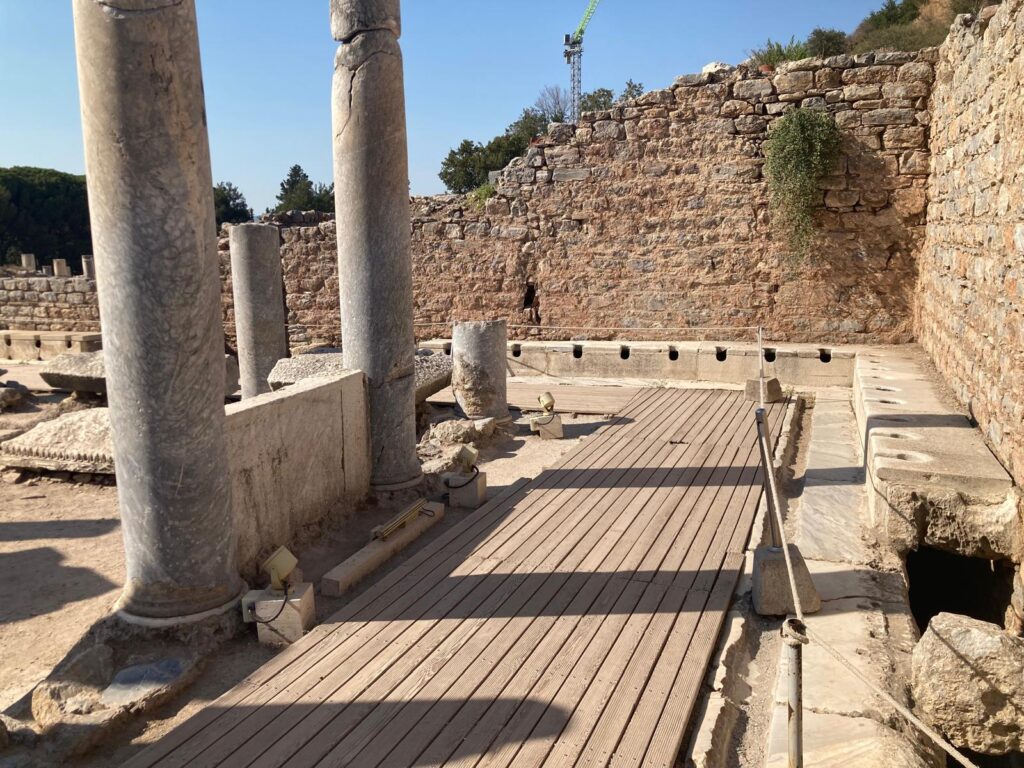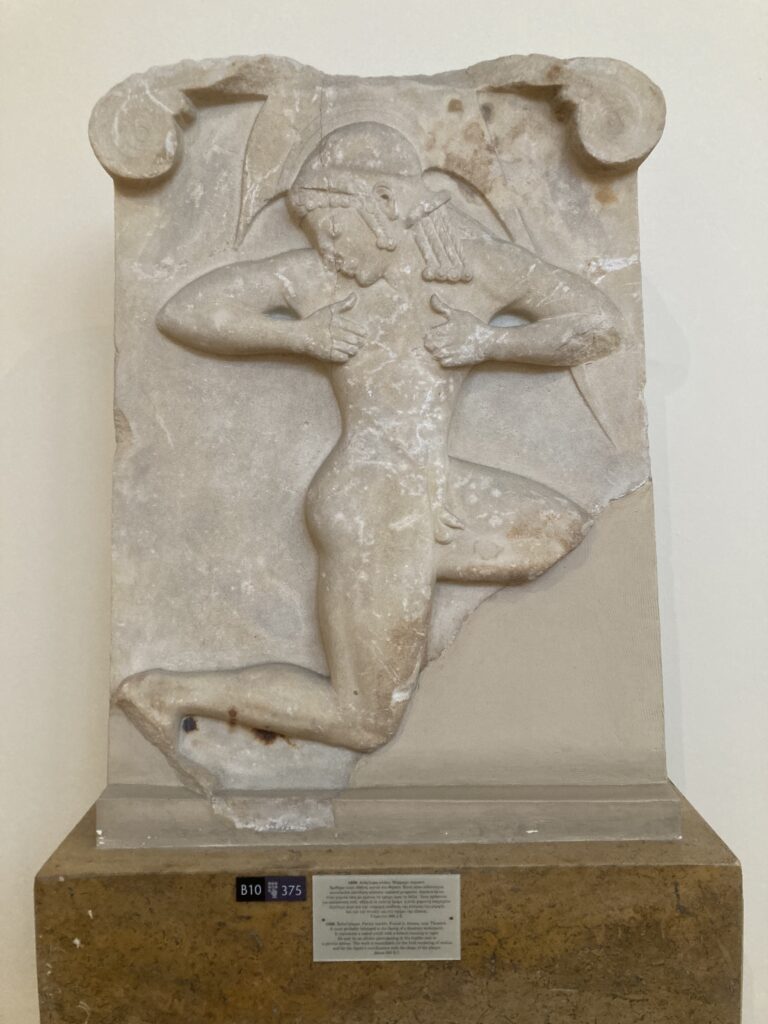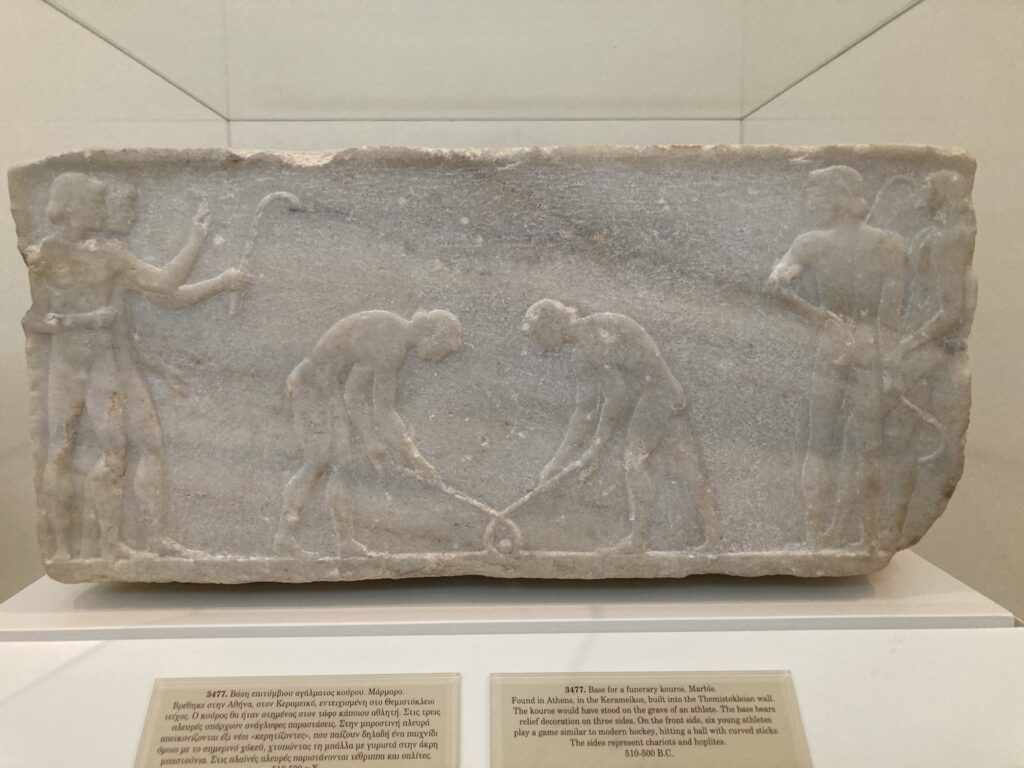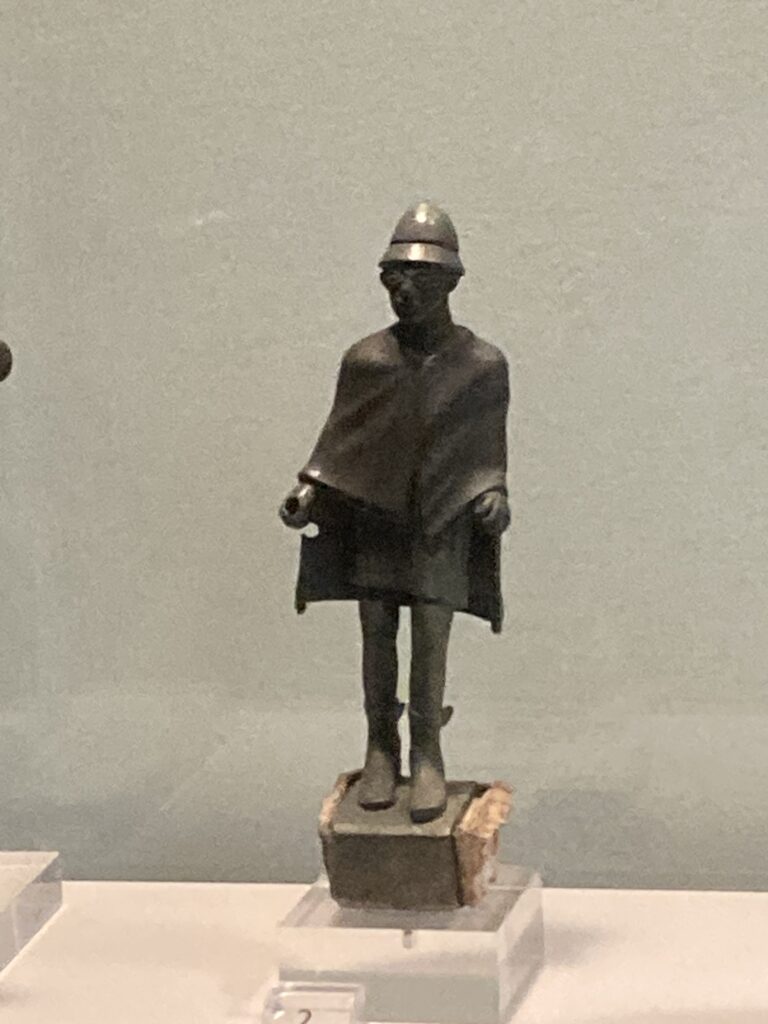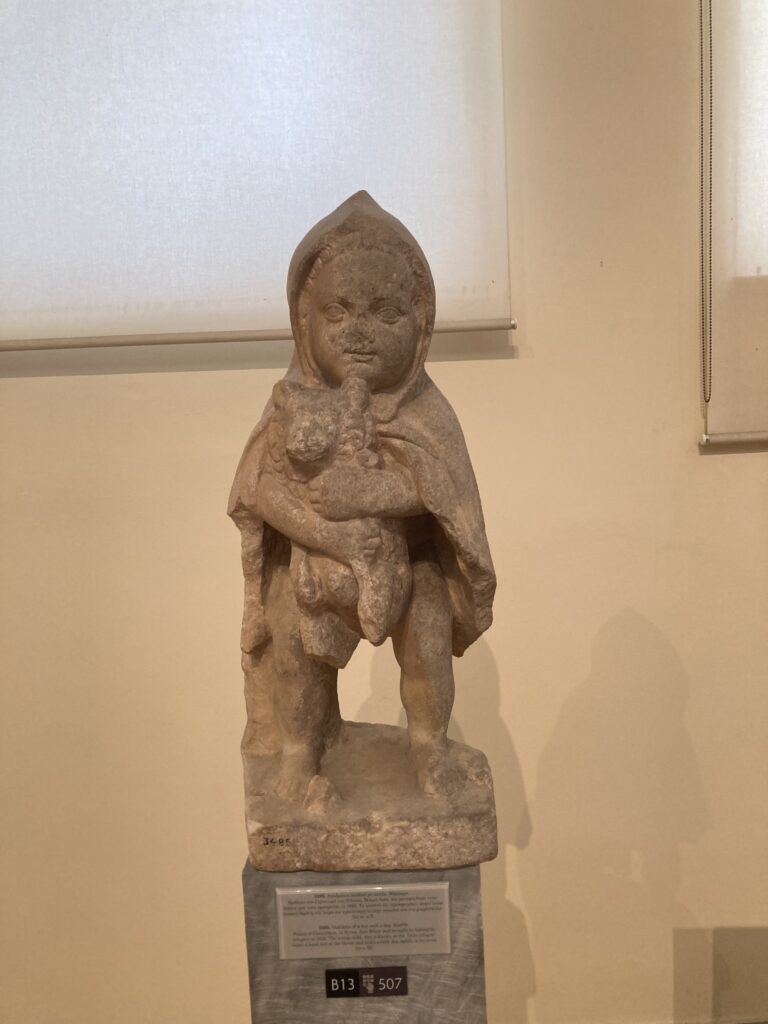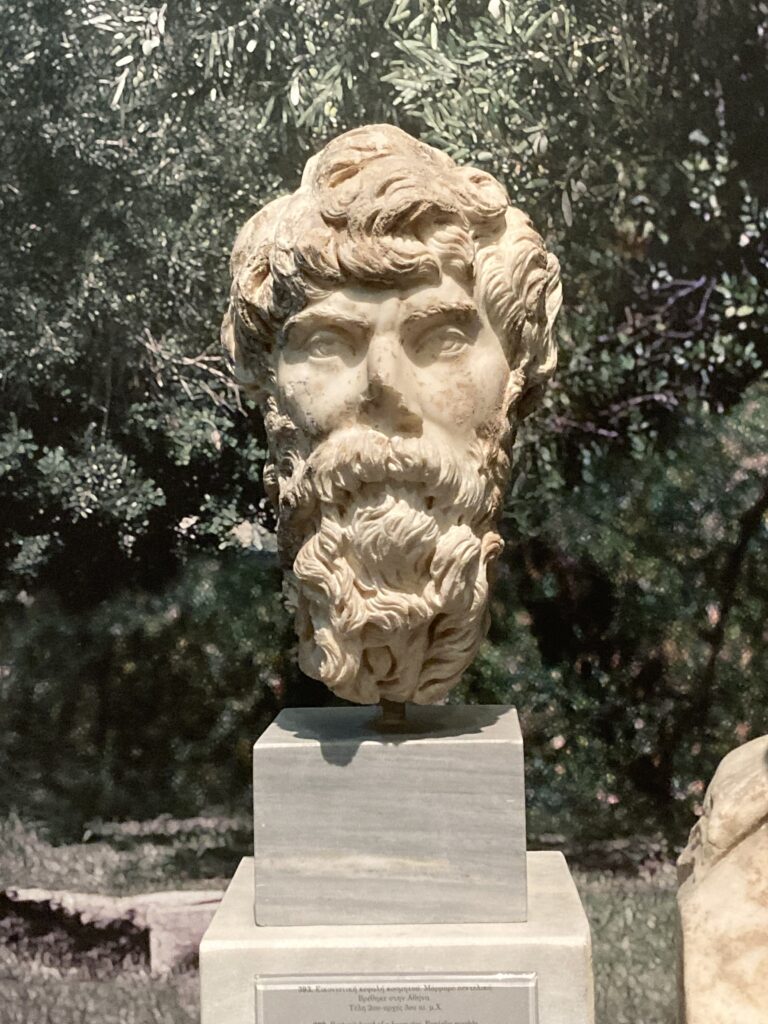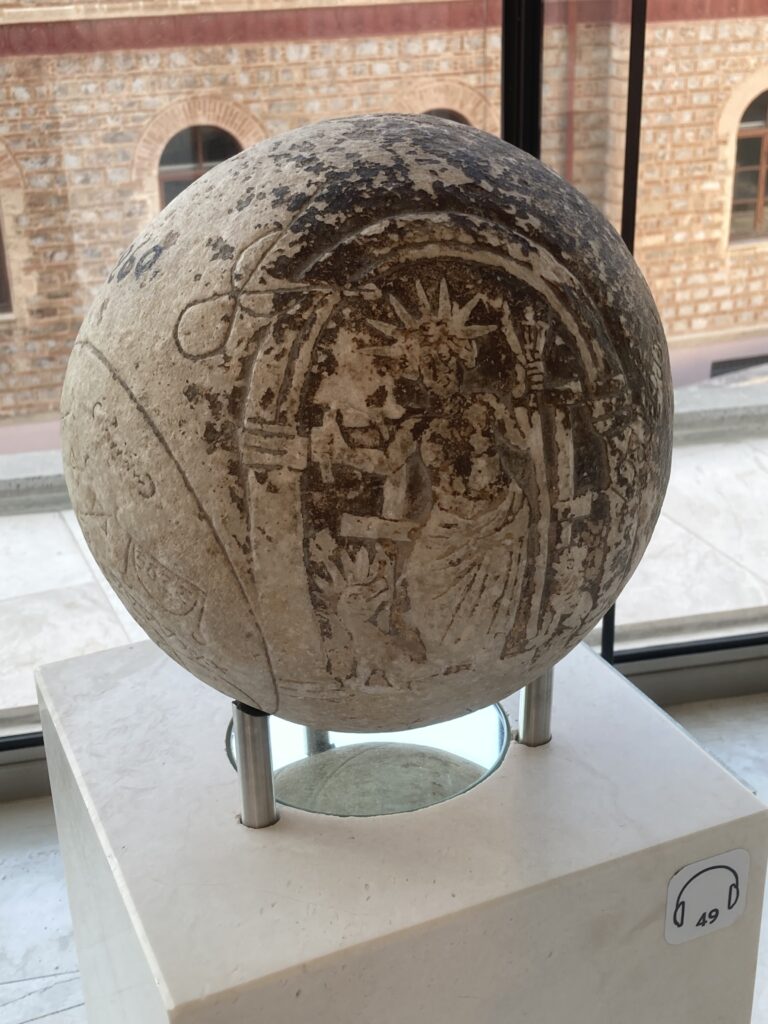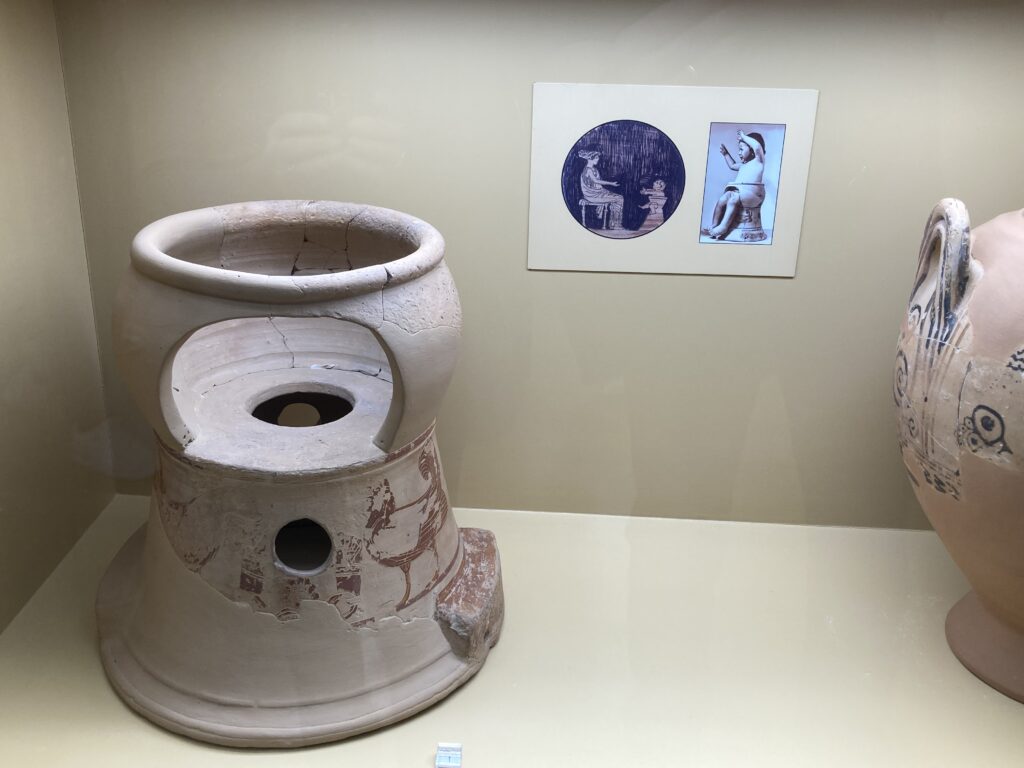I’m in China right now (about which more later), which is relevant for this post only insofar as I spent a lot of time on a plane to get here. To pass that time I started reading Don Quixote in the 1949 Samuel Putnam translation. (I read some of it in Spanish as a schoolboy, but that was a long time ago in a galaxy far, far away.) To be quite honest I haven’t gotten very in it, as I had to dedicate a significant portion of my travel time to finishing my conference presentation, but I’ve discovered a delightful pun, which Putnam passes over in silence in his otherwise thorough notes.
In Part One, Chapter 18 (‘In which is set forth the conversation that Sancho Panza had with his master, Don Quixote, along with other adventures deserving of record’), Don Quixote, having mistaken two flocks of sheep being driven towards one another as armies preparing to engage in combat, describes one of the combatants whom he believes he sees: “the ever victorious, never vanquished Timonel de Carcajona, prince of New Biscay, who comes with quartered arms—azure, vert, argent, and or—and who has upon his shield a cat or on a tawny field,” that is, a yellow cat on a yellow background.

He adds, furthermore, that the shield bears the inscription ‘Miau,’ which he explains is the abbreviation of the name of Timonel’s lady love. Although it’s been some time since I’ve heard a Spanish cat vocalize, I’m pretty sure this is what they sound like. Thus, unlike the rest of Cervantes’ humor (again, keeping in mind that I’m not very deep into this very large tome), which is largely satirical in nature, this joke actually has a punchline. This, I reckon, is why the classics endure.

